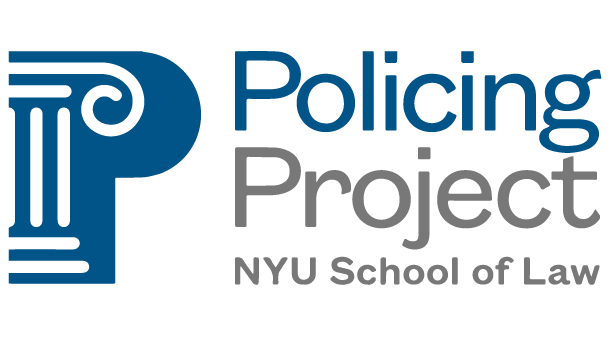Stream the full "The Benefits (And Costs) of Policing” conference.
The Benefits (And Costs) of Policing
September 21, 2018
What role do we want police to play in a democratic society? Is policing just about crime reduction, or is public safety about something more? What are the goals of public safety? How do we know when we’ve achieved these goals, and how much are we willing to give up to get them?
There’s no shortage of questions about policing, but it can sometimes feel like the answers are elusive. At the Policing Project, we believe cost-benefit analysis represents an underutilized but powerful tool for clearly defining the benefits of policing actions while also bringing to light the harms policing itself can impose.
To that end, we gathered a diverse group of stakeholders to demonstrate how CBA can be applied to a wide-range of policing practices, from new police technologies to various enforcement tactics like traffic and pedestrian stops. Our aim at The Benefits (And Costs) Of Policing was to provide tangible next steps for a more thoughtful and balanced conversation between police, policymakers and citizens.
What We Don’t Know About How We Police—But Should
How should we make decisions about which policing tactics to use and how do we gauge their effectiveness? Our panelists explore applying CBA to emerging policing technologies like body-worn cameras.
How Social Science Can Help
How do we place a dollar amount on social costs—the often unequal impact policing actions have on communities? This panel explores and defines these harms and how CBA can guide us in accessing this seemingly murky area.
Making Use of CBA
Unlike other areas of government, cost-benefit analysis is relatively abset around policing. How can we use CBA to guide police actions to a broader and more organic view of public safety?







